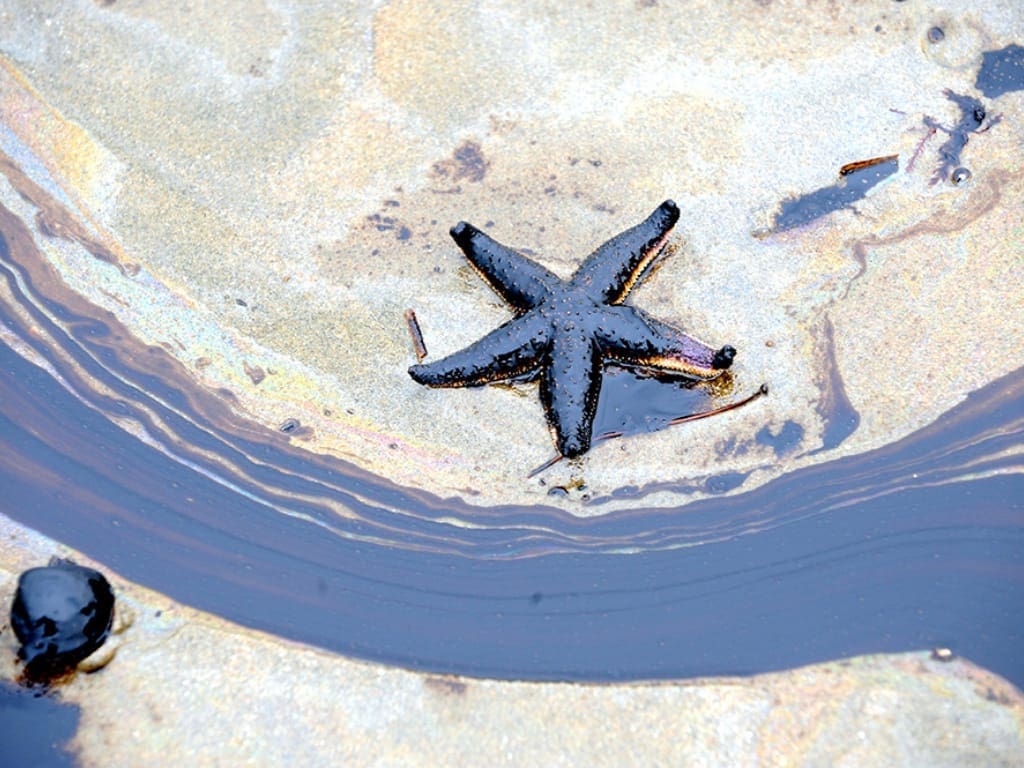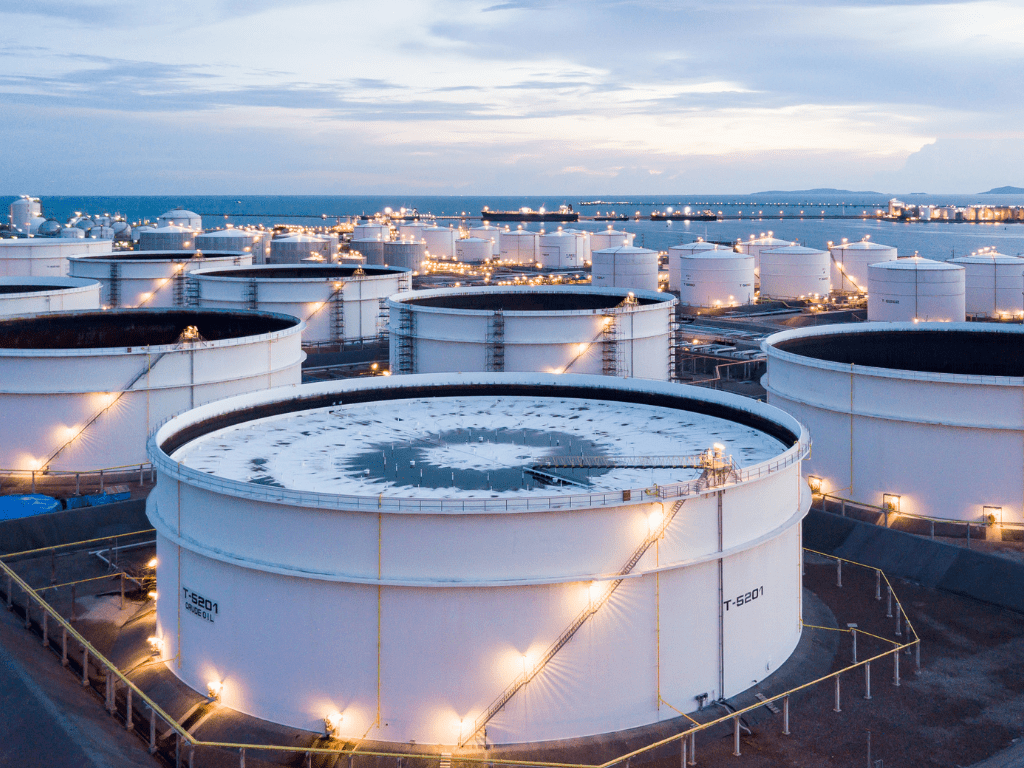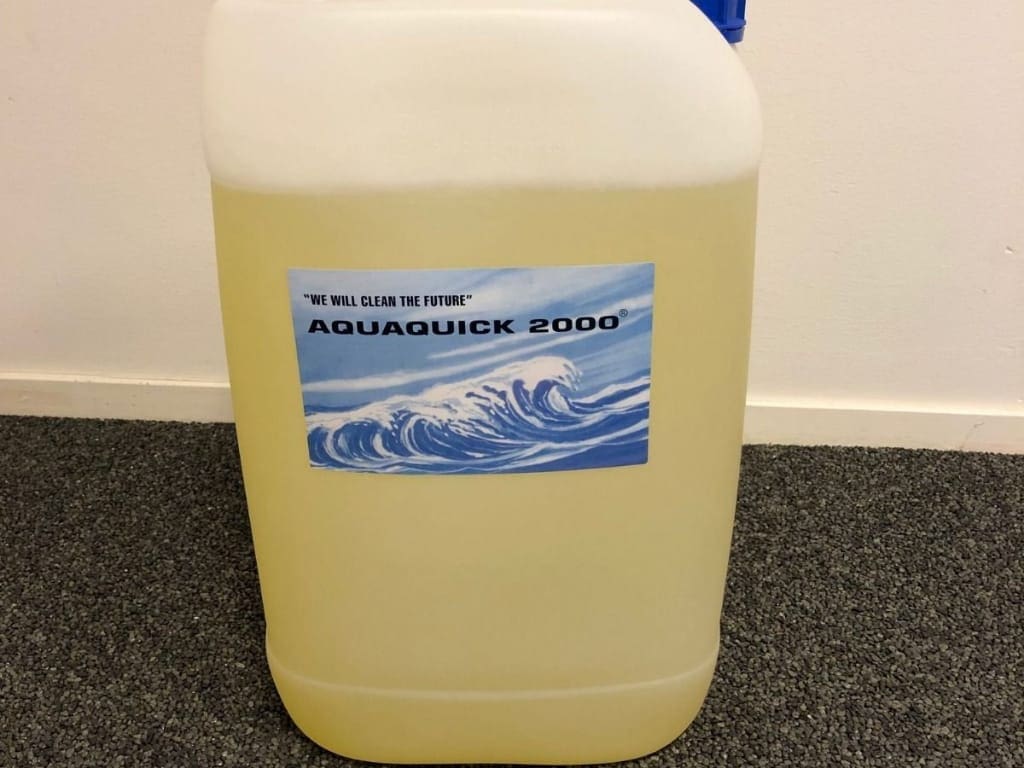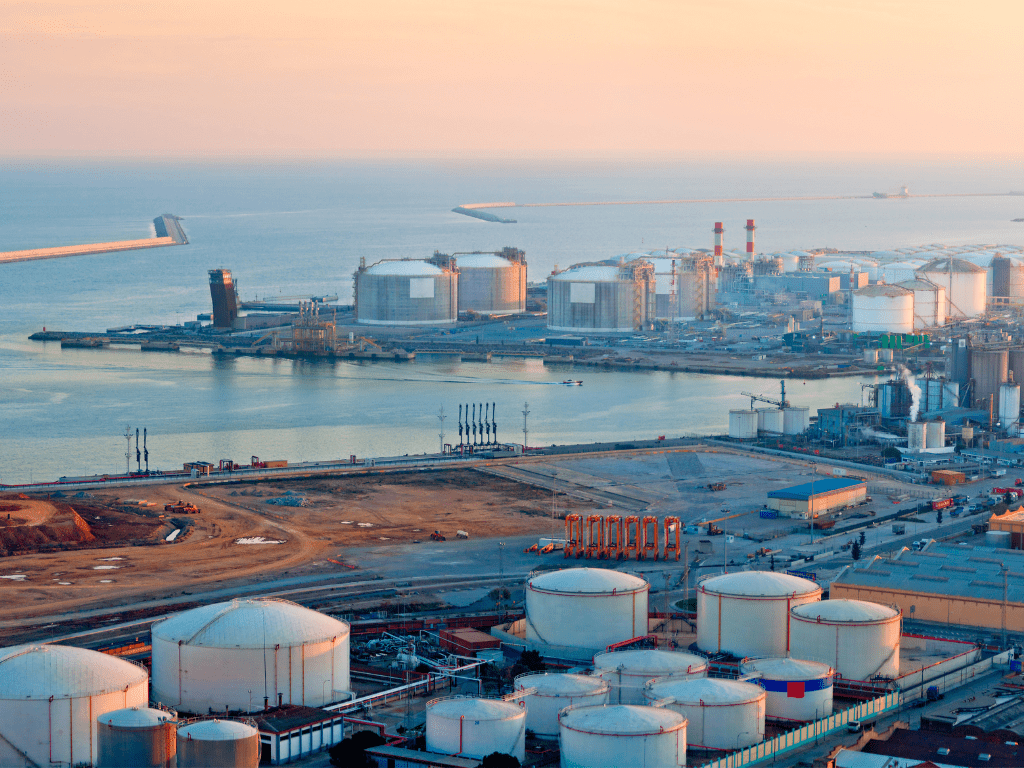Maintaining marine fuel tanks is critical for the efficient operation of any vessel, whether it be a small recreational boat or a large commercial ship. Over time, marine fuel tanks can accumulate contaminants such as sludge, water, and microbial growth, which can compromise fuel quality and engine performance. Regular cleaning of marine fuel tanks not only ensures the longevity of the vessel’s engine but also contributes to safer and more efficient operations at sea. In this comprehensive guide, we will delve into the importance of marine fuel tanks cleaning, the methods employed, best practices, and safety considerations.
Importance of Marine Fuel Tanks Cleaning
Marine fuel tanks, like any other fuel storage system, are prone to contamination. Over time, various impurities can settle at the bottom of the tank, leading to a build-up of sludge and other debris. Water can also enter marine fuel tanks through condensation or leaks, creating an environment conducive to microbial growth, particularly bacteria and fungi. These microorganisms can form a biofilm on the tank’s interior surfaces, leading to further contamination of the fuel.
The consequences of neglecting marine fuel tanks cleaning are significant. Contaminated fuel can clog filters, damage fuel injectors, and reduce engine efficiency. In severe cases, it can lead to engine failure, which can be catastrophic, especially when a vessel is far from shore. Furthermore, contaminated fuel can reduce the efficiency of combustion, leading to increased emissions, which is increasingly important given the global push for greener shipping practices.
When to Clean Marine Fuel Tanks?
Determining the appropriate interval for marine fuel tanks cleaning depends on several factors, including the type of fuel used, the age of the tank, and operating conditions. However, some general guidelines can be followed:
- Regular Maintenance Intervals: It is generally recommended to clean marine fuel tanks at least once every 1-2 years. For vessels operating in harsh conditions or using lower-quality fuel, more frequent cleaning may be necessary.
- Signs of Contamination: If there are signs of fuel contamination, such as clogged filters, engine performance issues, or the presence of water in the fuel, immediate cleaning is advised.
- Post Fuel Change: If switching from one type of fuel to another, cleaning marine fuel tanks can prevent cross-contamination and ensure the new fuel performs optimally.
- Before Long Voyages: For vessels planning extended trips, especially in remote areas, it’s prudent to clean the fuel tanks to minimize the risk of engine problems during the journey.
Methods of Marine Fuel Tanks Cleaning

Cleaning marine fuel tanks can be a complex and labor-intensive process, requiring specialized equipment and expertise. Several methods are available, each suited to different levels of contamination and tank configurations.
1. Manual Cleaning
Manual cleaning is one of the most thorough methods for cleaning marine fuel tanks. This process involves draining the tank, physically entering it, and manually removing sludge, debris, and any other contaminants. The steps involved in manual cleaning include:
- Tank Drainage: The fuel is drained from the tank, and any remaining liquid is removed using pumps.
- Ventilation: The tank is ventilated to remove any harmful fumes, ensuring a safe working environment for personnel.
- Entry: Trained personnel enter the tank wearing appropriate safety gear, including respirators, protective clothing, and harnesses.
- Scraping and Wiping: The interior surfaces of the tank are scraped and wiped to remove all traces of sludge, biofilm, and other contaminants.
- Inspection: After cleaning, the tank is inspected for any signs of corrosion, damage, or other issues that may need addressing before the tank is refilled.
While manual cleaning is highly effective, it is also the most expensive and time-consuming method. It is usually reserved for heavily contaminated tanks or when other methods are insufficient.
2. Chemical Cleaning
Chemical cleaning involves the use of specialized chemicals to break down and remove contaminants from marine fuel tanks. This method can be less labor-intensive than manual cleaning and is particularly effective for removing microbial growth and sludge. The process generally involves:
- Chemical Application: A cleaning solution is introduced into the tank, either through direct application or by mixing it with the fuel.
- Circulation: The chemical solution is circulated throughout the tank using pumps, ensuring that all interior surfaces come into contact with the cleaner.
- Dwell Time: The solution is allowed to sit in the tank for a specified period, during which it breaks down sludge, biofilm, and other contaminants.
- Rinsing: The tank is then rinsed with clean water or fuel to remove the chemical solution and any dislodged contaminants.
- Inspection and Testing: After cleaning, the tank is inspected, and samples are taken to ensure that no contaminants remain.
Chemical cleaning is less invasive than manual cleaning and can be performed without entering the tank. However, it requires careful handling of the chemicals involved, as well as proper disposal of the waste products generated during the process.
3. Fuel Polishing

Fuel polishing is a method that focuses on cleaning the fuel itself rather than the tank. This process involves circulating the fuel through a series of filters to remove water, sludge, and other contaminants. While fuel polishing does not clean the tank’s interior surfaces, it can be effective in maintaining fuel quality and preventing the build-up of contaminants within the tank. The process typically includes:
- Filtration: The fuel is pumped out of the tank and passed through a series of filters that remove water, sludge, and particulates.
- Recirculation: The cleaned fuel is then returned to the tank, often after multiple passes through the filtration system.
- Inspection: The tank is inspected for any residual contamination, and additional polishing cycles are performed if necessary.
Fuel polishing is particularly useful as a preventative maintenance measure, especially for vessels that do not experience significant fuel contamination issues. However, it may not be sufficient for heavily contaminated tanks, in which case more intensive cleaning methods may be required.
Best Practices for Marine Fuel Tanks Cleaning

To ensure the effectiveness of marine fuel tanks cleaning, it’s important to follow certain best practices. These guidelines help to maximize the efficiency of the cleaning process and minimize the risks associated with handling fuel and chemicals.
1. Use Professional Services
Given the complexity and potential hazards associated with marine fuel tanks cleaning, it is often advisable to hire professional services. Experienced contractors have the necessary equipment, expertise, and safety protocols to perform the cleaning effectively and safely.
2. Regular Monitoring and Testing
Regular monitoring of fuel quality and tank conditions can help to identify contamination issues before they become severe. This can include routine sampling of the fuel for water content, microbial contamination, and particulate matter. Early detection allows for timely cleaning and can prevent more serious problems down the line.
3. Adherence to Safety Protocols
Safety should be the top priority during marine fuel tanks cleaning. This includes proper ventilation of the tank, use of appropriate personal protective equipment (PPE), and adherence to safety regulations regarding confined space entry. It’s also essential to ensure that all electrical equipment used in the cleaning process is explosion-proof, as the presence of fuel vapors can create a fire hazard.
4. Proper Waste Disposal
The waste generated during marine fuel tanks cleaning, including sludge, contaminated fuel, and chemical residues, must be disposed of in accordance with environmental regulations. Improper disposal can result in legal penalties and environmental damage. Professional cleaning services will typically handle waste disposal, ensuring that it is done in a safe and compliant manner.
5. Documentation and Record Keeping
Maintaining detailed records of marine fuel tanks cleaning activities is important for tracking maintenance schedules and ensuring compliance with regulations. Records should include the date of cleaning, the methods used, any issues identified, and the results of post-cleaning inspections. This documentation can also be useful in diagnosing future issues and planning subsequent cleaning operations.
Safety Considerations in Marine Fuel Tanks Cleaning
The cleaning of marine fuel tanks is not without its risks, and safety considerations are paramount to prevent accidents and ensure the well-being of personnel involved in the process.
1. Confined Space Entry
Marine fuel tanks are considered confined spaces, which pose significant hazards due to limited ventilation, restricted entry and exit, and the potential presence of toxic fumes. Before entering a tank, it is essential to conduct a risk assessment and obtain the necessary permits. Personnel should be trained in confined space entry procedures, and a safety watch should be stationed outside the tank at all times.
2. Hazardous Chemicals
Chemical cleaning agents used in marine fuel tanks cleaning can be hazardous to both humans and the environment. Proper handling, storage, and disposal of these chemicals are crucial. Personnel should wear appropriate PPE, including gloves, goggles, and respirators, to protect against exposure. Additionally, it’s important to follow the manufacturer’s instructions for the use and dilution of chemical cleaners.
3. Fire and Explosion Risks
The presence of fuel vapors in marine fuel tanks creates a risk of fire or explosion during the cleaning process. To mitigate this risk, all electrical equipment used in the tank, including lights, pumps, and ventilation fans, should be intrinsically safe or explosion-proof. Additionally, smoking, open flames, and other ignition sources should be strictly prohibited in the vicinity of the tank.
4. Environmental Protection
Marine fuel tanks cleaning can generate hazardous waste, including contaminated fuel and sludge, that must be disposed of in accordance with environmental regulations. Spills and leaks during the cleaning process can also pose a threat to the environment, particularly if they occur near water bodies. It is important to have spill containment measures in place and to handle all waste materials responsibly.
Choose AQUAQUICK 2000-Save Marine Life
AQUAQUICK 2000 is an ideal solution for marine fuel tank cleaning due to its powerful, environmentally-friendly formulation. Designed specifically to tackle the challenges of fuel contamination, AQUAQUICK 2000 effectively breaks down and disperses sludge, biofilms, and other harmful residues that accumulate in marine fuel tanks over time. Unlike traditional chemical cleaners that may pose environmental hazards or leave harmful residues, AQUAQUICK 2000 is biodegradable and non-toxic, ensuring that it cleans without compromising the surrounding marine ecosystem.

One of the standout features of AQUAQUICK 2000 is its versatility. It can be used in various cleaning methods, including manual cleaning, chemical circulation, and fuel polishing. This flexibility allows operators to customize their approach based on the level of contamination and the specific requirements of their vessels. Additionally, AQUAQUICK 2000 is highly effective in removing water, a common issue in marine fuel tanks that can lead to microbial growth and fuel degradation.
AQUAQUICK 2000’s ease of use and safety profile also make it a preferred choice for marine fuel tank cleaning. It reduces the need for harsh chemicals and extensive labor, making the cleaning process more efficient and less hazardous for personnel. By choosing AQUAQUICK 2000, vessel operators not only ensure a cleaner, more reliable fuel system but also contribute to environmental sustainability, aligning with the growing emphasis on eco-friendly practices in the maritime industry.
What Differentiates AQUAQUICK 2000?
AQUAQUICK 2000’s advanced formulation also enhances the longevity of marine fuel tanks and associated components. By effectively removing contaminants and preventing the build-up of sludge and biofilms, it reduces the risk of corrosion and mechanical failures. This not only ensures smoother engine performance but also extends the service intervals for fuel system components, ultimately leading to cost savings in maintenance and repairs.
Moreover, AQUAQUICK 2000 is user-friendly, requiring minimal training for effective application, which streamlines the cleaning process even further. For operators who prioritize both efficiency and environmental responsibility, AQUAQUICK 2000 stands out as the perfect choice for maintaining clean and functional marine fuel tanks.
Conclusion
Marine fuel tanks cleaning is a critical maintenance task that ensures the efficient and safe operation of vessels. Over time, fuel tanks can accumulate contaminants such as sludge, water, and microbial growth, which can compromise fuel quality and engine performance. By employing appropriate cleaning methods, such as manual cleaning, chemical cleaning or fuel polishing, vessel operators can maintain the integrity of their fuel systems and prevent costly and potentially dangerous issues.
Regular monitoring, adherence to safety protocols, and the use of professional cleaning services are key to effective marine fuel tanks cleaning. By following best practices and staying vigilant to signs of contamination, vessel operators can ensure that their fuel tanks remain clean and their engines run smoothly.
In conclusion, the importance of marine fuel tanks cleaning cannot be overstated. It is a task that requires careful planning, the right equipment, and a commitment to safety and environmental protection. By keeping marine fuel tanks clean, vessel operators can avoid costly repairs, extend the life of their engines, and contribute to safer and more efficient maritime operations.














